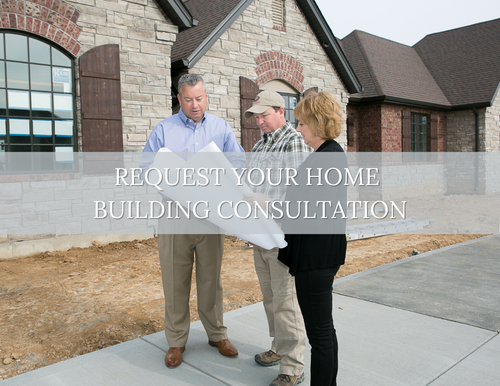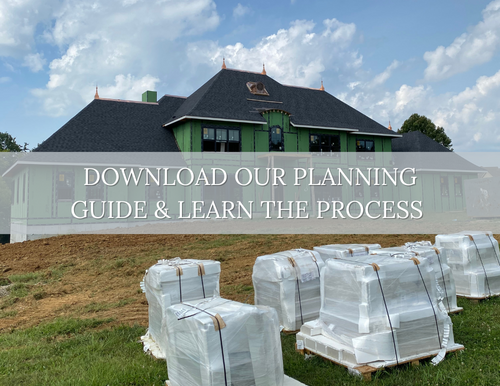Our team has had the pleasure of building dream homes of all sizes and styles over the last twenty years. We have seen a lot of design trends comes and go, but some have staying power - like Universal Home Design. We've seen a growing number of clients paying close attention to designing their home so they can truly live in it forever and accommodate their family members of all ages and stages in their life. Whether that is a whole home plan focused on Universal Design or it means integrating a secondary suite for aging family members - nearly every home we've built in the last decade has incorporated some element for aging at home into the design and build plans.
It makes sense when you consider the growing number of people who have recently reached retirement age, and that number is expected to dramatically increase in the coming years.
According to the Administration for Community Living (ALC), "people age 65 and older represented 15.2% of the population in 2016 but are expected to grow to be 21.7% of the population by 2040."
As our population continues to age, they've begun to consider what it really means to live at home beyond retirement.
If aging in place is the goal, designer Tiffany Dill from Blue Day 2 Designs recommends incorporating universal design features when building a custom home. "Not only will these features accommodate those wanting to age in their own homes, but also make spaces accessible, functional, and safe for all users across the lifespan," she explains.
Dill goes on to say that designing for aging in place means thinking beyond the Americans with Disabilities Act (ADA) guidelines. The ADA guidelines are recommendations for public spaces, not residential homes. What's more, these recommendations are the bare minimum requirements public spaces must meet. Designing a custom home that accommodates people of all ages and abilities creates more versatility for homeowners.
But, it's not only about aging in place. Other factors can impact the functionality of a home, as well. Dill notes, "When building a new home, many may think of only their present needs and not the needs of their future, especially when building their forever home. In addition, we often choose to neglect or avoid the possible unexpected events that lead to temporary or permanent disabilities, from a broken ankle to a progressive neurological illness such as multiple sclerosis. Even couples who build a home before having kids may overlook their needs as a future parent."
Ensuring you, your family, and your home age well together is the main benefit of planning for the future. However, there are other benefits too. For one thing, all visitors — regardless of age or ability — will feel more comfortable visiting your home. Second, a home designed with the future in mind appeals to today's homebuyers, which is an added bonus should you decide to sell down the road.
So, what universal design features should a new custom-built or remodeled home include? Below are some basic design concepts based on universal design and accessibility standards.
Designing a Floor Plan for Aging in Place
While open-concept designs have been on trend for quite some time, they're essential for aging in place. With fewer hallways and doorways to navigate, open floor plans make it easy to access various areas of the home. This is especially important for those who are wheelchair-bound. Open floor plans also tend to incorporate smooth transitions from room to room, eliminating trip hazards and easily accommodating walking or ADA devices.
Main Floor Living for Accessibility
An open concept is a great place to start when planning a forever home. That being said, there are other things to consider during the design phase. One thing to keep in mind is the entrance to the home. Having at least one no-step entrance into the home is crucial.
In addition, a home designed for aging in place should utilize a floor plan that includes a bedroom and bathroom on the main level. Both rooms should have ample room for walkers and wheelchairs to get around, as well plenty of turnaround clearance for power wheelchairs. In addition, at least one bathroom should have a curbless shower with a removable shower head.
Other elements to consider include:
- Main level laundry room
- Wider hallways and doorways (at least 36" wide)
- Lever door handles, which are easier to open
- Lever-style or touchless faucets
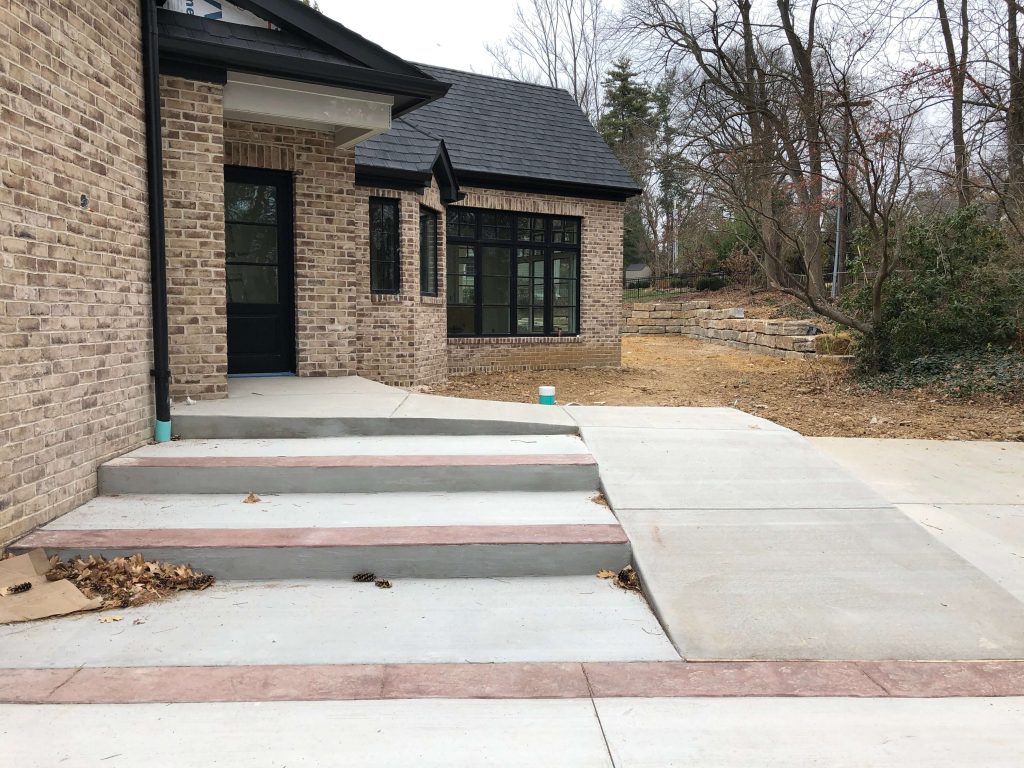
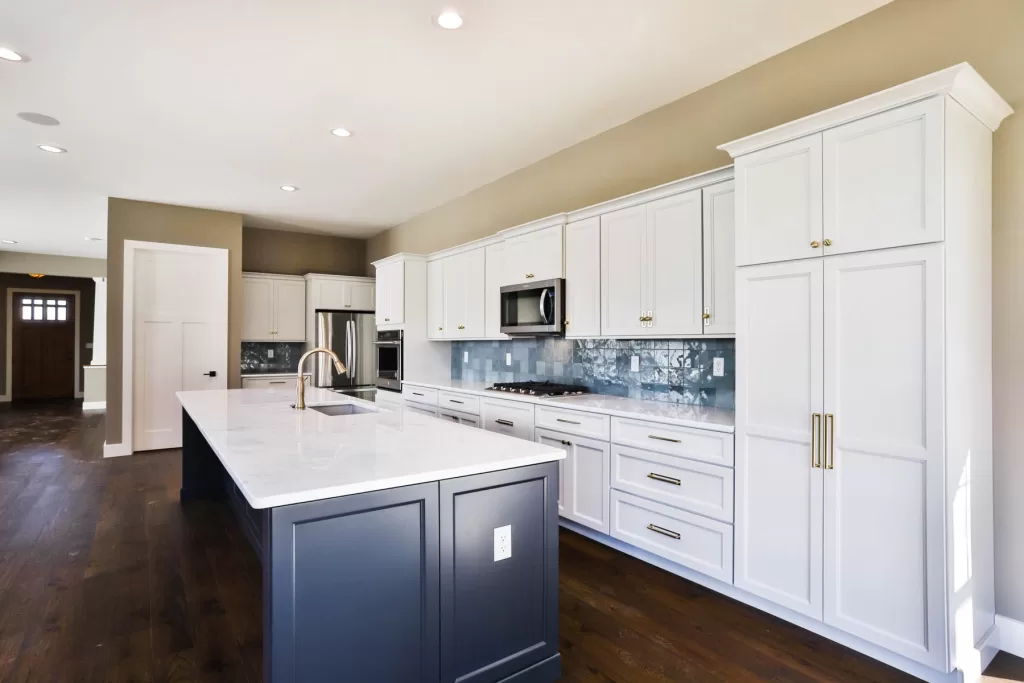
Functional Kitchen Design for Aging at Home
Another area to incorporate universal design features is in the kitchen. This room often gets overlooked, but there are plenty of ways to make it more functional throughout various life stages. Consider installing raised kitchen appliances such as dishwashers and ovens to prevent excessive bending. Likewise, varying levels of countertops creates versatility. If the kitchen includes an island, ensure there is enough space for a wheelchair to navigate around it. Higher toe-kicks under the cabinets are also beneficial as they maximize turnaround space for wheelchairs.
Other Universal Design Features for Aging in Place
While ensuring the main living areas and kitchen are accessible for all ages, don't forget about the rest of the home. When planning for electrical outlets and switches, pay attention to their height. Dill recommends raising electrical outlets and lowering switches, making them easy to reach in either a standing or sitting position.
On that note, voice-activated controls for lights, appliances, and speakers are helpful for those with limited mobility. Finally, consider installing motion-activated lighting in bathrooms, on the stairs, and in interior and exterior pathways to prevent falls.
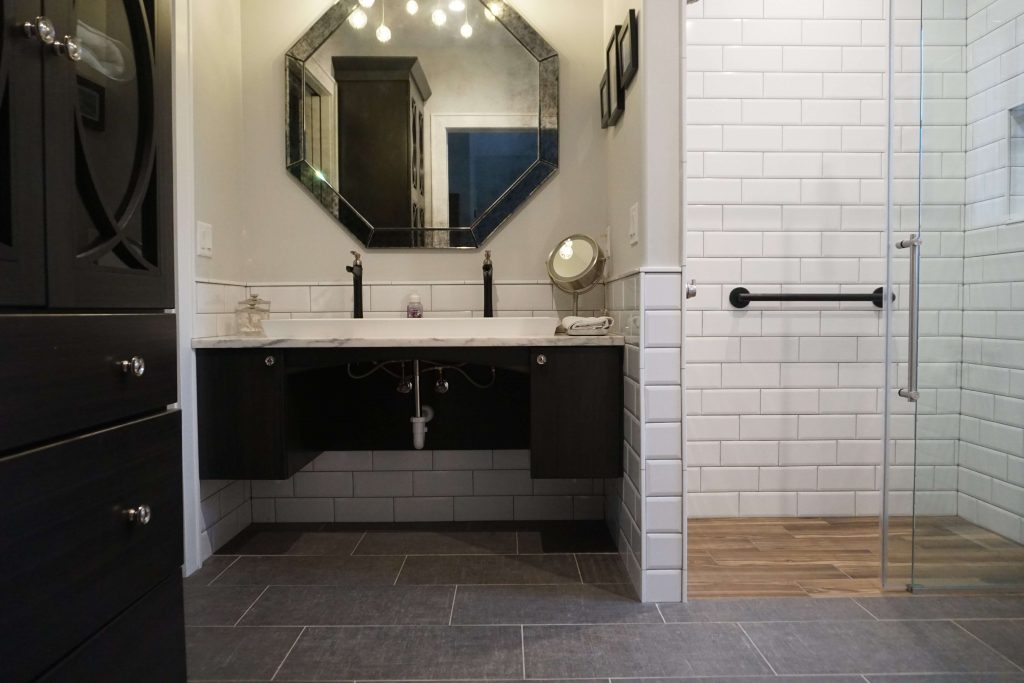
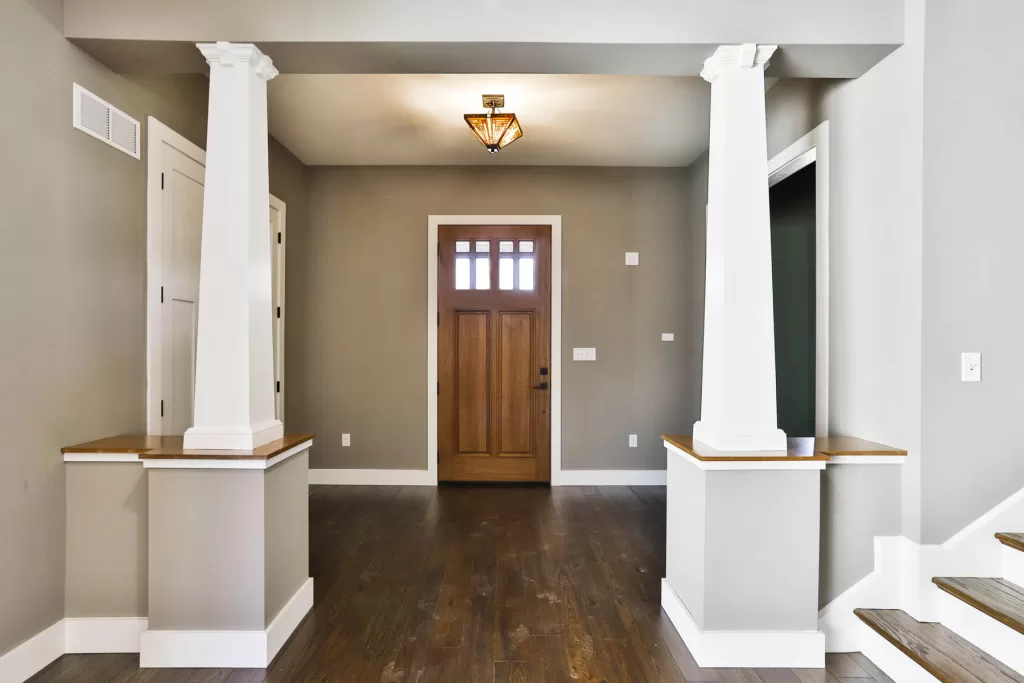
Hibbs Homes specializes in building custom homes to fit a variety of lifestyle needs, including aging in place. Our team is well versed in the principles of universal design and can guide you through the process of designing and building your forever home.
To start, take a peek at our design library. It features a range of ranch style and one and a half story homes perfect for aging in place. Contact Hibbs Homes today to learn more about our home building process. We're looking forward to hearing from you!

